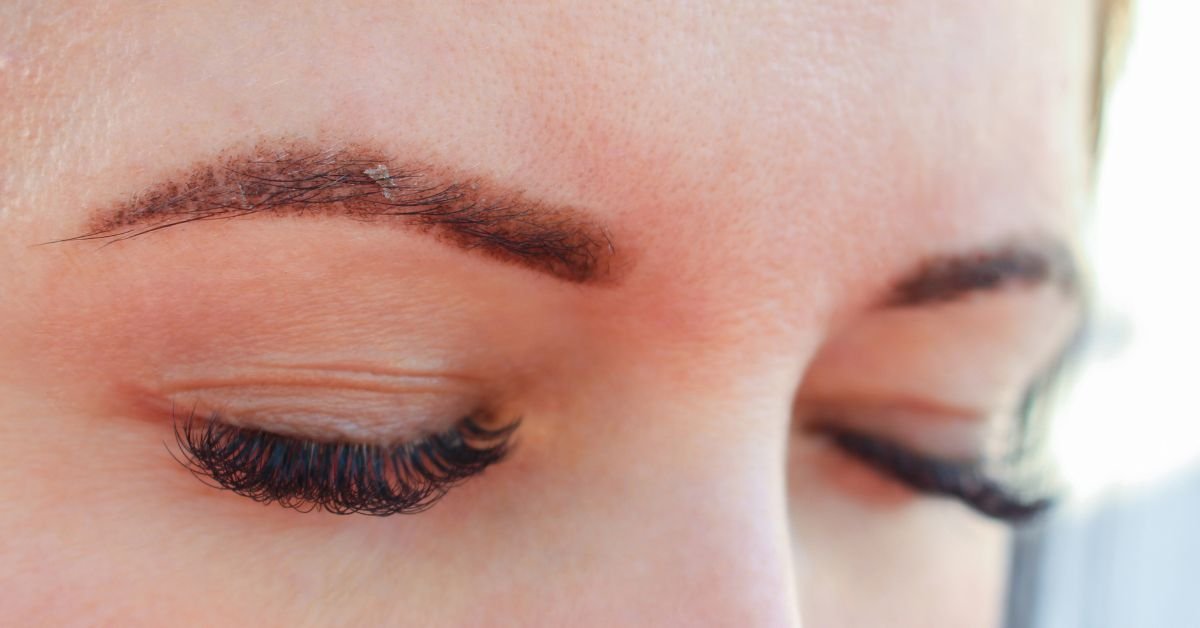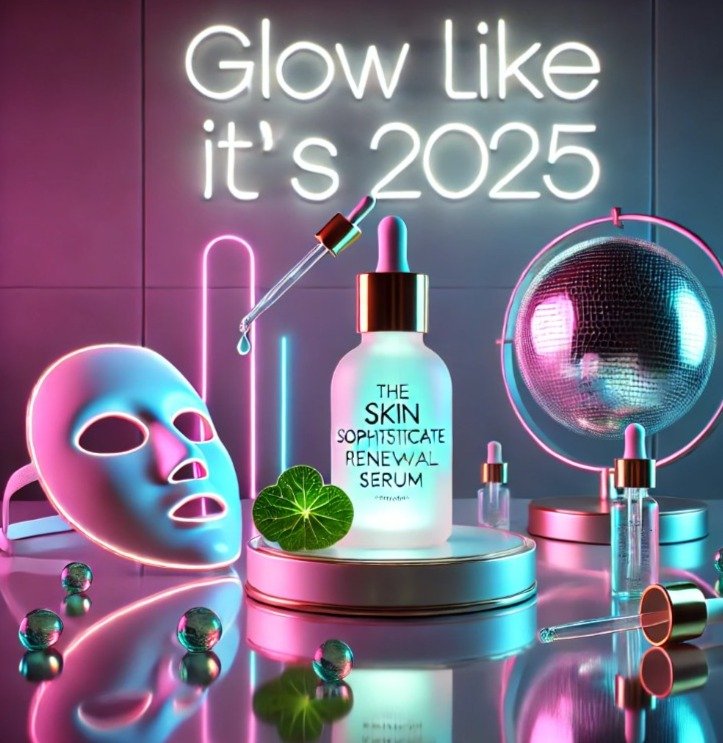4 Shaving Tips To Stop Irritating Your Sensitive Skin
Shaving is inherently invasive for your skin. Your razor’s blade creates microinjuries that must heal properly. Otherwise, you risk getting razor burn, acne breakouts, ingrown hairs, and even infections. These risks are much more likely if you have particularly sensitive skin. Fortunately, it is possible to enjoy close, smooth shaves without the lingering discomfort. Here, we reveal four essential shaving tips that will help you stop irritating your sensitive skin, whether you’re shaving your face, legs, chest, or anything else.
Prep Your Skin
Water and shaving cream or soap are important, but they shouldn’t be the only products you apply to achieve a smooth, comfortable shave. Proper prep is a bit more involved.
Start with a warm shower or splash your face with warm water. This step opens your pores and softens the hair, making it easier for the razor to glide without tugging. Next, exfoliate gently to remove dead skin cells that could clog your razor or cause ingrown hairs. Use a mild facial cleanser or a gentle exfoliating scrub designed for sensitive skin. Then, apply a pre-shave oil before finishing off with a layer of quality shaving cream or gel to create a protective barrier.
Use a Clean, Sharp Razor
Nothing spells trouble for sensitive skin like a dull or dirty razor. Unkept blades can harbor and introduce bacteria into your skin, causing infections and breakouts. Moreover, dull razors are less effective at removing hair, so you might have to take more passes over your skin to remove what a sharp razor would remove in one.
Always use a sharp, clean blade to minimize tugging, pulling, and irritation. Replace your razor regularly to avoid bacteria buildup. If you use a disposable razor, toss it after a few uses. If you use a refillable or safety razor, simply replace the blade every few shaves.
Shave With the Grain
Shaving against the grain might seem like the fastest way to a close shave, but for sensitive skin, it’s a recipe for disaster. It increases the chances of razor burn, cuts, and ingrown hairs.
Always shave with the grain—this means following the natural direction your hair grows. Take short, light strokes and avoid pressing too hard on the razor. Patience pays off, and shaving with the grain is one of the easiest and most effective ways to make your skin happier.
Moisturize Afterward
Your skin might feel silky smooth after a shave, but it’s probably rougher and drier than you think. A simple way to reintroduce hydration and help your epidermis heal from the microinjuries is to apply a moisturizer.
First, rinse your face with cool water to close the pores and pat it dry gently—don’t rub! Follow up with a soothing, alcohol-free moisturizer to restore hydration and calm any post-shave redness. Look for lotions or balms with ingredients like aloe vera, chamomile, or hyaluronic acid to cater to sensitive skin. You might even consider taking advantage of honey’s remarkable skincare benefits by applying it in a hydrating face mask after a shave. This final step locks in moisture, protects your skin, and reduces the risk of irritation.
If shaving is painful for you, try these tips. You’ll stop irritating your sensitive skin and get closer, smoother shaves in the process. Best of luck!
Read More From The Skin Sophisticate












